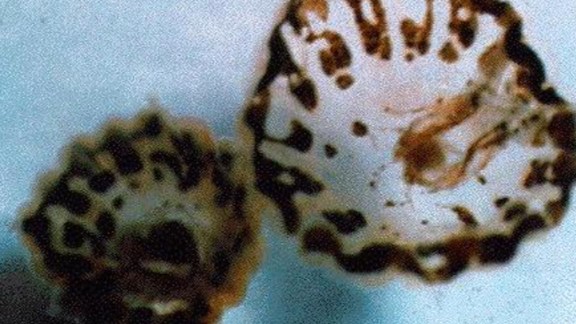

Parasites - cercarial dermatitis (also known as swimmer's itch).Īmerican Academy of Family Physicians. Association between domestic water hardness, chlorine, and atopic dermatitis risk in early life: a population-based cross-sectional study. Fuller, an esthetician and the founder of NASNPRO, explains that a pool rash typically occurs 12-48 hours after a person has been swimming.The symptoms include small red bumps on the skin, blisters and itching that affects the arms, legs, torso and/or the entire body.
#Swimmers itch bumps skin#
Irritant and allergic contact dermatitis – skin lesion characteristics. Novak-Bilić G, Vučić M, Japundžić I, Meštrović-Štefekov J, Stanić-Duktaj S, Lugović-Mihić L. If you're a strong swimmer, head to deeper water for your swim. Avoid swimming in areas where swimmer's itch is a known problem or signs warn of. The hives will usually clear on their own within 24 hours.Īmerican College of Allergy, Asthma, and Immunology. To reduce the risk of swimmer's itch: Choose swimming spots carefully. Cold urticaria is due to an abnormal immune response in which fluids rapidly accumulate in the middle layer of skin, causing itchy red welts with well-defined borders.

For swimmers, the rash can be widespread. The main symptoms are itching and a rash. These common conditions have catchy names like 'swimmers itch' and 'seabathers eruption.' The well-known term 'hot tub rash' (or pseudomonas 'dermatitis') describes the same. Swimmers itch is caused by a small parasite found in many lakes. The rash usually goes away without treatment after a few days. When you swim in that water, they can find breaks in your skin, which raises your risk of contracting a swimming-related infection or a rash from the salt water pool. Hot tub folliculitis causes itchy, pus-filled bumps that tend to be worse in areas covered by a swimsuit. Hot tub folliculitis: Also called hot tub rash, this condition is caused by a bacteria known as Pseudomonas that thrives in warm water and is resistant to chlorine.


 0 kommentar(er)
0 kommentar(er)
